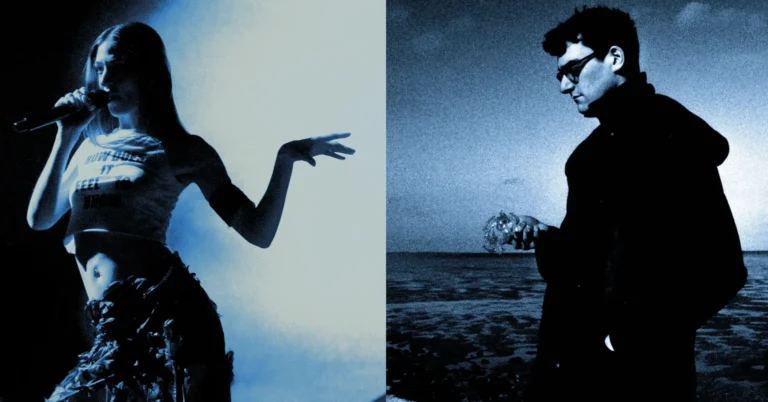Great leaders are easy to spot in daily work. Their meetings start on time, notes are clear, and next steps are simple. People know what to do and why it matters.
If you are building your leadership skills, keep your practice grounded in daily action. Online programs like the real world by andrew tate focus on skills you can use right away, from communication to money basics.
The point is not theory, it is steady habits that make progress visible for your team.
Set Daily Priorities
Decide your top three outcomes for the day before you open your inbox. Write them on a sticky note or in a simple doc. One outcome should move a key project, one should reduce risk, and one should grow a person on your team. If everything is important, nothing moves.
Turn those outcomes into small tasks that can be finished in thirty to sixty minutes. Use short focus blocks and protect them.
Many people like the Pomodoro Technique, which suggests working in short timed sessions with breaks, because it helps maintain focus and reduces mental fatigue. You can read about it here on Wikipedia for context: Pomodoro Technique.
End the day by checking the same note. If a task did not finish, write the blocker next to it. This gives you a clear start for tomorrow and stops tasks from drifting.
Communicate Clearly
Leaders over communicate with clarity, not volume. Start notes with the decision or request, then add two to three lines of context. Avoid long intros. People should know what you want and by when.
For live conversations, use a simple plan. What is the purpose, what does good look like, and what comes next. Share your screen only when needed.
Record decisions in writing, even if it is a short message after the call. This creates a public memory and helps new team members ramp faster.
Practice a speaking warm up daily. Read one paragraph out loud, slow and steady, then deliver it again with shorter sentences. This single habit improves your tone and pacing in meetings.
Make Decisions Faster
Slow decisions are a hidden tax. Set rules that help you move. If the choice is reversible and low risk, make it within the day. If the choice is hard to undo or touches customers or money, collect two viewpoints, write the trade off in one line, then decide by a clear time.
Use a lightweight decision log. Write the date, the choice, the options you considered, and the reason for your pick. Keep it in a shared folder. When questions come up later, you can point to the log. This builds trust and reduces second guessing.
Learn the basics of unit economics and simple forecasting if money decisions touch your role. A quick weekly look at costs, revenue, and cash gives you a better sense of timing.
Coach Your Team
Make time for one ten minute coaching touch each day. Pick a teammate and ask two questions. What is the outcome you want this week, and where do you feel stuck. Listen first. Do not jump in with advice right away. Ask what options they see, then add one idea if needed.
Use “teach back” to build skill. After you explain a process, ask the person to explain it back and write the steps. This shows gaps fast and helps the habit stick. You can pair this with deliberate practice, which means focused practice with feedback and clear goals.
While the concept is often linked to sports and music, the approach applies to work skills too. See Wikipedia for background: Deliberate practice.
Write short praise the same day you see the behavior you want more of. Be clear and concrete. “You closed the loop with the client and shared the summary within an hour. That kept momentum.” Small and specific beats big and vague.
Review Progress Often
A short loop beats a perfect plan. Set a weekly review that takes fifteen minutes. Look at three things. What moved, what stalled, and what you will try next. Share your review with your team or your mentor. This keeps learning active and shows how you make choices.
For projects, push work in small slices. Instead of waiting for a full draft or a full feature, share a sketch, a mock, or a thin version. Ask one or two focused questions. You will get sharper feedback and avoid large rework later.
Protect Your Energy
Leadership runs on attention. Treat sleep, movement, and food as work tools. Seven to eight hours of sleep supports focus and memory. A short walk between meetings resets your head and helps you listen better.
Keep water on your desk and plan simple meals that steady your energy.
Set one quiet hour where you do not take calls or chat. Put your phone out of reach. Use that time for work that needs thought, like planning, writing, or tough decisions.
Say no with respect. If an invite lacks a goal or you are not needed for the decision, ask for the notes instead. Your team will learn to write clearer invites, and you get time back for the work only you can do.
Follow Simple Routines
Routines make your leadership visible. Start meetings on time and end five minutes early. Share agendas a few hours before. Keep action items short, with one owner and a date. Close loops in writing, not memory.
Create a simple personal dashboard. Track three numbers that matter to your role. This might be active customers, on time delivery, or cycle time. Update it the same day each week. Share the chart with your team so they see progress and can raise issues earlier.
Keep learning in small bites. Ten minutes of reading or a short video lesson each day is enough to add ideas to your toolkit. Communities that focus on practical skill building, like the one linked earlier, can be a useful source of drills and peer feedback if you apply what you learn the same day.


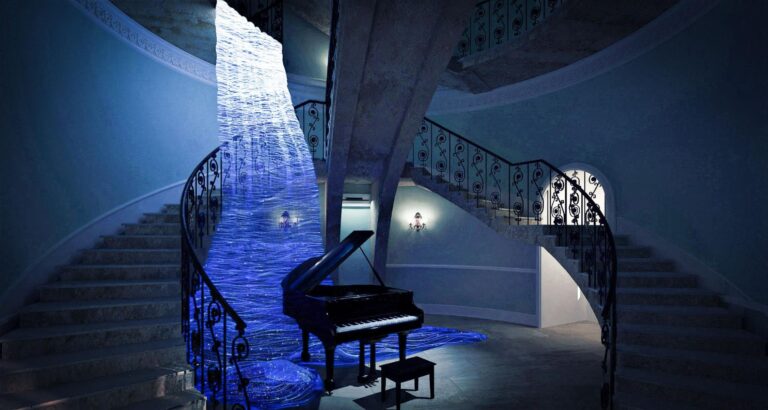

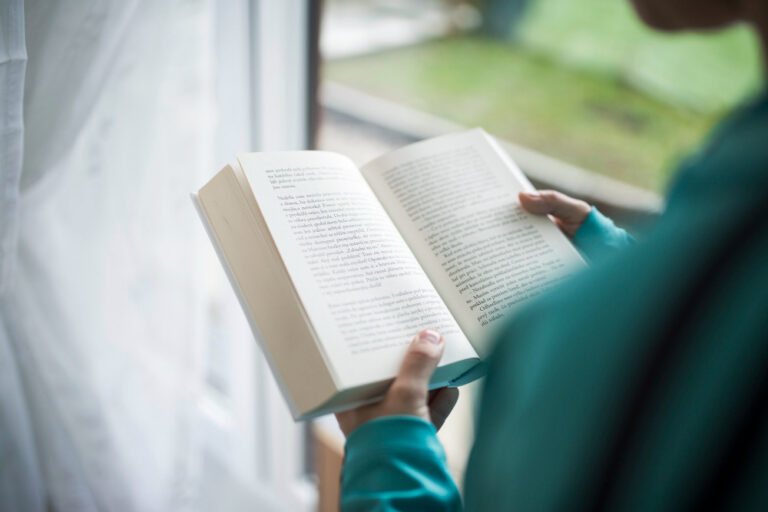


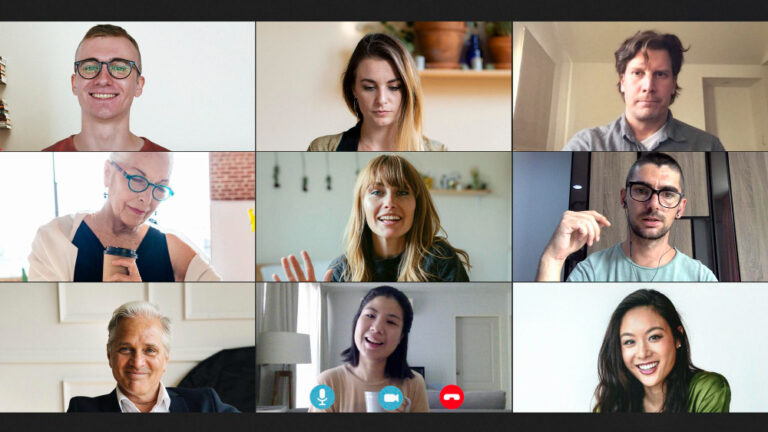

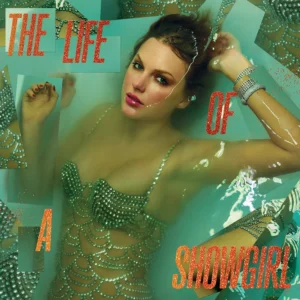 “Hеy, thank you for the lovely bouquet,” a character named Kitty tells a fan on the Sabrina Carpenter-featuring title track of Taylor Swift’s new album, “You’re sweeter than a peach/ But you don’t know the life of a showgirl, babe.” Recorded with Max Martin and Shellback,
“Hеy, thank you for the lovely bouquet,” a character named Kitty tells a fan on the Sabrina Carpenter-featuring title track of Taylor Swift’s new album, “You’re sweeter than a peach/ But you don’t know the life of a showgirl, babe.” Recorded with Max Martin and Shellback, 


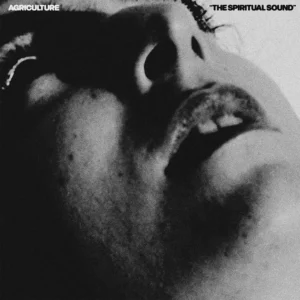 You can celebrate this New Music Friday the bipolar way, if you will, by switching from The Life of a Showgirl to The Spiritual Sound, the latest effort from ecstatic black metal band Agriculture. The follow-up to the Los Angeles-based group’s Living Is Easy EP vacillates between its own extremes as it combines the styles of principal songwriters Dan Meyer and Leah Levinson. “This is an album about the really fundamental human experiences of suffering, joy, and love,” the band said. “We find a lot of the profound in these basic experiences. To us they are by definition spiritual and worth singing and screaming about. With this record, we wanted to make music that connects the intensity of daily life with the intensity of an encounter with Spirit.” To
You can celebrate this New Music Friday the bipolar way, if you will, by switching from The Life of a Showgirl to The Spiritual Sound, the latest effort from ecstatic black metal band Agriculture. The follow-up to the Los Angeles-based group’s Living Is Easy EP vacillates between its own extremes as it combines the styles of principal songwriters Dan Meyer and Leah Levinson. “This is an album about the really fundamental human experiences of suffering, joy, and love,” the band said. “We find a lot of the profound in these basic experiences. To us they are by definition spiritual and worth singing and screaming about. With this record, we wanted to make music that connects the intensity of daily life with the intensity of an encounter with Spirit.” To 
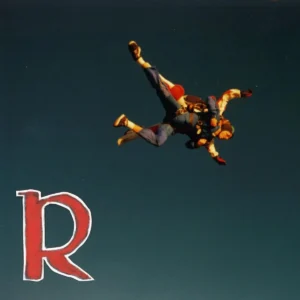
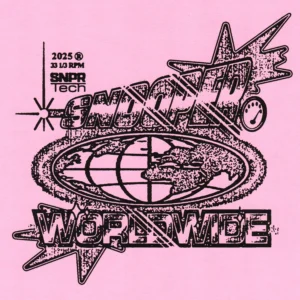 Snooper have followed up 2023’s Super Snõõper with
Snooper have followed up 2023’s Super Snõõper with 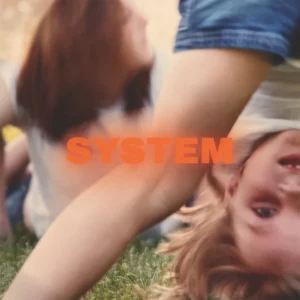 Izzy Hagerup has unveiled a new Prewn record, System, following up her 2023 debut Through the Window. Riveting and restless, the record was written in long stretches of bedroom sessions that saw Hagerup working through the night. “This new album comes from a much more self-centered place, the stagnant aftermath of intensity and emotion,” she shared. “I think it came from a period of time that was more numb, hollow, and confused. More disassociated from heartfelt pain, more entrenched in a frustrating and aimless discomfort.”
Izzy Hagerup has unveiled a new Prewn record, System, following up her 2023 debut Through the Window. Riveting and restless, the record was written in long stretches of bedroom sessions that saw Hagerup working through the night. “This new album comes from a much more self-centered place, the stagnant aftermath of intensity and emotion,” she shared. “I think it came from a period of time that was more numb, hollow, and confused. More disassociated from heartfelt pain, more entrenched in a frustrating and aimless discomfort.”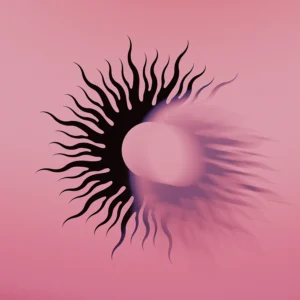 AFI’s latest album, Silver Bleeds The Black Sun…, it out now on
AFI’s latest album, Silver Bleeds The Black Sun…, it out now on 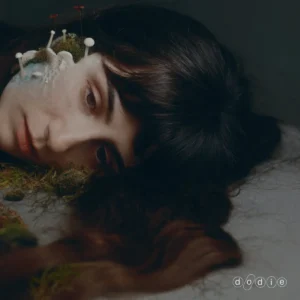 dodie has returned with her second album,
dodie has returned with her second album, 